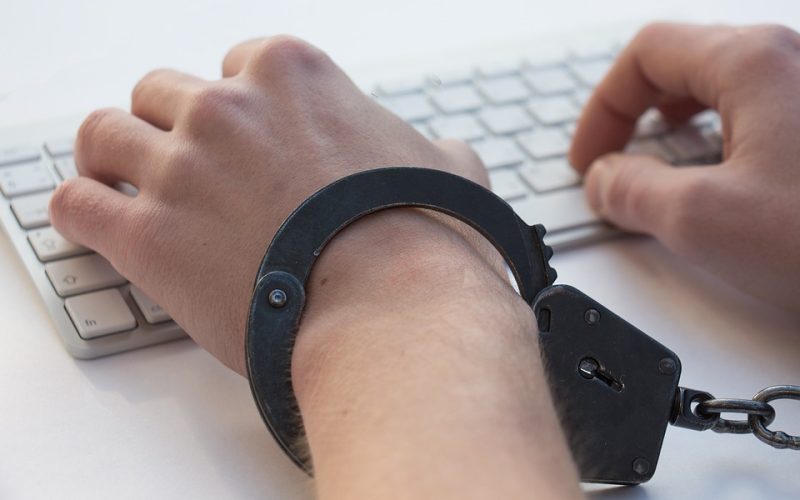1. Check the source
Fake news stories typically come from unreliable or questionable sources. Check the name of the source and research it to determine credibility. You should also look at the domain name to ensure consistency with reputable sources. If it sounds too good or too bad to be true, it usually is.
2. Check the author
Scrutinize the author’s name, their reputation, and their involvement in the news story. Try navigating to their Twitter, LinkedIn, or Google account to investigate their credentials. If you cannot find any biographical information about the author or source, the chances are that it is fake.
3. Check the date
The publishing date of a story is also important. Fake news sites may attempt to republish outdated stories to gain more clicks, shares, and reactions. Be cautious when encountering stories from unusual dates.
4. Check the facts
Fake news sites typically lack proper fact-checking procedures. Verify the information provided through major search engines or other reputable news sites. By doing this, you may discover if the story has false information, misleading or exaggerated claims, or misattributed quotes.
5. Check the tone
Fake news stories will often use emotionally charged and provocative language to garner a reaction. The headline may induce shock, outrage, or surprise. Read the story thoroughly and pay attention to the tone. If the language is overly exaggerated, lacks objectivity or impartiality, the chances are it’s fake news.
6. Check the visuals
Fake news sites tend to use poor-quality images, videos, or graphics that may have been previously used in other news sources or revealed to be fake propaganda. Check to see if images have been altered, edited, or taken out of context. If the visuals lack source information, attribution, or credits, it may not be legit.
7. Check the supporting documentation
In most cases, legitimate news pieces will include supporting documents, such as audio or video clips, eyewitnesses’ interviews, government reports, or official statements. If the article lacks supporting documentation or sources, it is likely fake.
By applying these seven principles, you can become less susceptible to fake news. It’s essential always to question what you read, research the source, and be mindful of the information that you share. So be responsible, stay informed, and remember, not everything on the internet is true.









